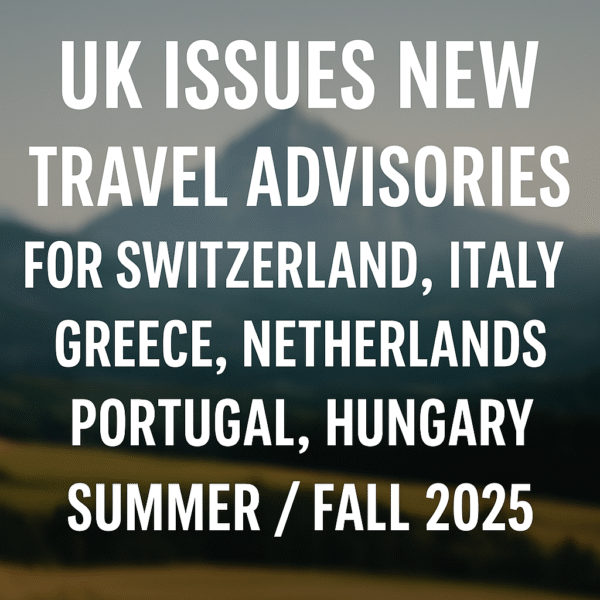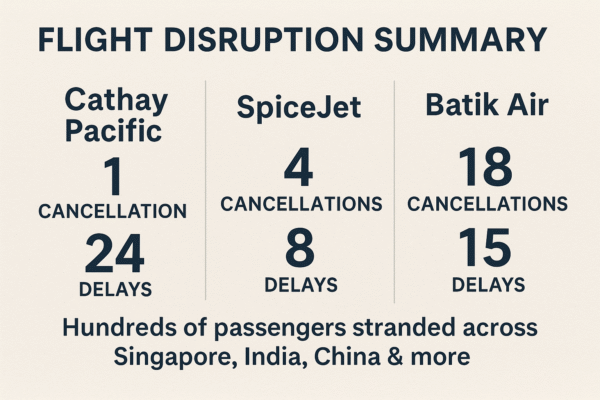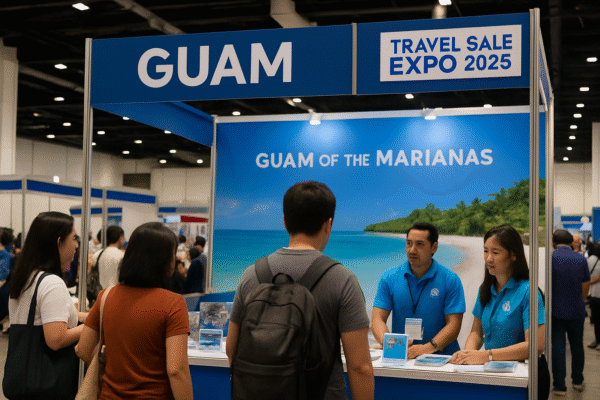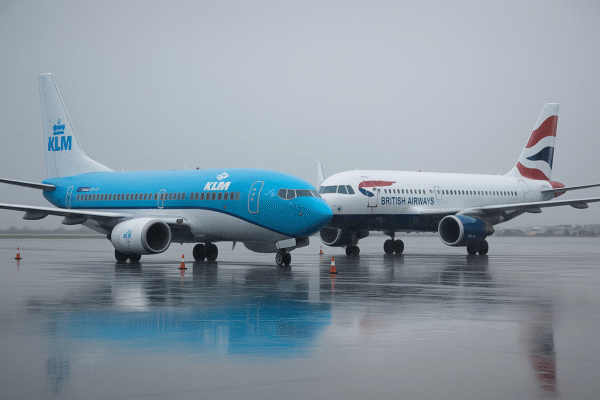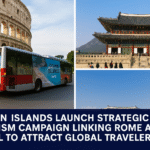Greece Launches Cruise Passenger Tax in 2025 to Ease Pressure on Mykonos and Santorini
In a major step toward sustainable tourism, Greece will introduce a new cruise passenger tax starting July 1, 2025, targeting two of its most visited islands—Mykonos and Santorini. With tourist arrivals expected to exceed 1.5 million and cruise ship traffic projected to break historical records, the Hellenic Ministry of Tourism is implementing the €20-per-passenger fee during the high season to combat the growing challenges of overtourism and protect vital island infrastructure.
The cruise levy is part of Greece’s wider tourism reform aimed at balancing economic growth with environmental stewardship. As the country experiences an unprecedented surge in visitor arrivals, the initiative underscores a shift in national priorities—favoring long-term destination resilience over unchecked expansion.
A Tiered Tax System Designed for Sustainability
The new taxation structure introduces a seasonal and location-based model. During the high season—spanning June 1 to September 30—passengers disembarking at Mykonos and Santorini will pay a flat fee of €20. These islands, both icons of Greek tourism, have faced mounting strain due to mass tourism and are seen as urgent priorities for regulatory intervention.
In contrast, cruise visitors to other Greek ports will be charged less depending on the season:
- Low Season (Oct 1–May 31): €1 per passenger
- Shoulder Season (April, May, October): €3 per passenger
- High Season (June 1–Sept 30): €5 per passenger
This staggered system is designed to redistribute visitor flows across the calendar year, encouraging off-peak travel and spotlighting lesser-known coastal destinations beyond the Cycladic capitals.
Funding Infrastructure and Heritage Protection
Revenue generated from the new cruise tax will be channeled into essential infrastructure projects. Priorities include upgrading port logistics, expanding water and energy systems, enhancing waste management, and restoring overburdened cultural sites.
The Greek Tourism Ministry has emphasized that the collected funds will remain within the affected regions. This ensures direct reinvestment into maintaining local services and safeguarding cultural landmarks, including Mykonos’ historic Chora district and Santorini’s iconic cliffside villages.
“Preserving the long-term appeal of Greece’s most cherished destinations requires more than promotion—it demands protection,” stated Tourism Minister Olga Kefalogianni in a recent address.
Local Pushback in Mykonos: Economic Concerns vs. Environmental Reality
Despite strong governmental support, the tax has met resistance from local officials in Mykonos. Athanasios Kousathanas-Megas, President of the Mykonos Port Fund, expressed concerns about the potential economic fallout. With 900 cruise ship arrivals anticipated in 2025, he warned that operators might reroute to less costly destinations, hurting island revenue.
Mykonos hosted 768 cruise ships in 2024, welcoming 1.2 million cruise passengers. Kousathanas-Megas noted that the €20 tax could dissuade cruise lines already operating on slim profit margins, leading to itinerary shifts away from the island.
However, sustainability advocates argue that the move is essential. The volume of cruise visitors regularly exceeds the island’s infrastructure capacity, leading to congestion, resource depletion, and degradation of the visitor experience.
Smart Solutions: Mykonos Rolls Out Berth Optimization Technology
To accommodate surging cruise traffic more efficiently, Mykonos has invested in a digital Berth Location System. This system aims to reduce port congestion, streamline docking operations, and enhance crowd control during peak hours.
The platform allows for more effective scheduling of ship arrivals, ensuring that vessel traffic is better distributed throughout the day and week. This digital upgrade is part of a broader initiative by the South Aegean Region to modernize maritime infrastructure while reducing the strain on local ecosystems.
Santorini’s Overtourism Woes and the Way Forward
Santorini, another jewel in Greece’s tourism crown, faces similar pressures. Daily visitor numbers often exceed the capacity of Fira and Oia’s narrow streets and cliffside facilities, particularly during cruise season. Waste disposal, water shortages, and public transport congestion are frequent complaints from both residents and travelers.
By introducing the cruise passenger tax, Santorini’s municipal authorities hope to reinvest in local solutions while discouraging uncontrolled daily arrivals.
According to a 2024 report from the Greek National Tourism Organisation (GNTO), nearly 60% of Santorini’s cruise visitors stay less than six hours on the island—often overwhelming local resources without significantly contributing to overnight stays or broader economic benefit.
A Blueprint for Sustainable Tourism in the Aegean
Greece’s cruise tax signals a broader strategic shift in the Mediterranean tourism landscape. As destinations across Europe grapple with the consequences of overtourism, Greece is taking a firm stance—prioritizing long-term livability over short-term profits.
By encouraging cruise lines to distribute passenger visits more evenly throughout the year and across a wider range of destinations, the country aims to unlock new tourism opportunities in under-explored regions, including the Peloponnese, Ionian Islands, and Northern Aegean.
The cruise passenger tax aligns with the UN World Tourism Organization’s (UNWTO) guidelines for responsible tourism and may become a model for other island nations facing similar challenges.
Conclusion: Balancing Preservation with Prosperity
As Mykonos and Santorini gear up for another record-breaking tourism year, the cruise passenger tax reflects Greece’s commitment to sustainability, resilience, and regional equity. While short-term pushback is expected, particularly from stakeholders concerned about economic repercussions, the long-term vision is clear: to ensure that the Greek islands remain not just world-famous postcards, but thriving, livable communities for generations to come.
For more travel news like this, keep reading Global Travel Wire





